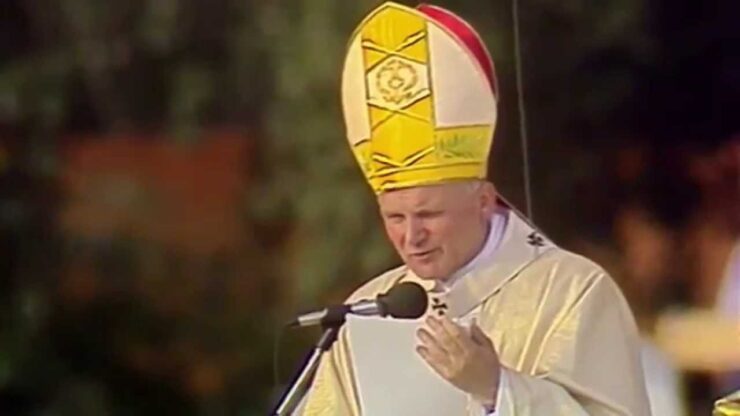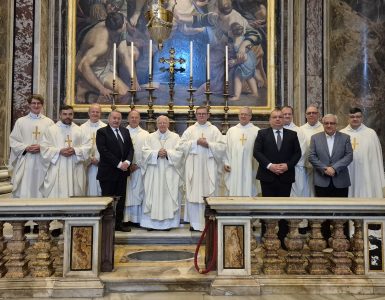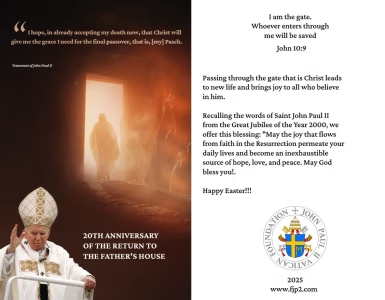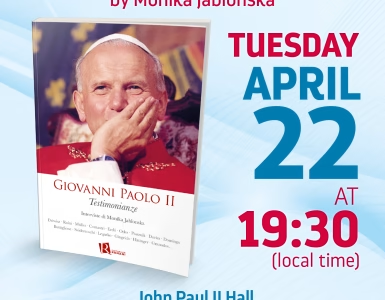There is, first of all, the legacy that Wojtyła left us, a legacy in the human and spiritual dimension, that is, a new way of living the faith today, witnessing to God in contemporary society.
I believe that his whole life was a testimony to the truth in which he believed. He taught us that it is not enough to “fill our mouths” with God. It is not enough to speak of Him. Instead, it is necessary to meet him, to have a deep, living experience of God. At the center of this journey of personal sanctification is, of course, prayer. That is, a living, consistent, courageous faith, not closed in on itself, and therefore capable of constantly giving birth to hope, a new hope.
One could venture to say that Karol Wojtyła, helping us to arrive at a new experience of God who no longer stands far from man, from human history, was the Pope of the Incarnation. It is true that all Popes, by virtue of their mission, are to a greater extent interpreters and instruments of God’s fatherhood. But, because of how in his teaching he managed to overcome the opposition between God and man, and above all how he proclaimed through his mission the centrality of man in the context of God’s plan of salvation, John Paul II was able to show us the face of God, the human face of God. In particular, he was able to show this face to entire generations of young people. Some of them grew up knowing nothing about the religious dimension of life, having no contact with the reality of the sacred.
With the permission of Cardinal Stanisław Dziwisz – “At the side of the Saint”
St. Stanislaw BM Publishing House, Krakow 2013





